A Voz Do Mar, A Sound of the Sea
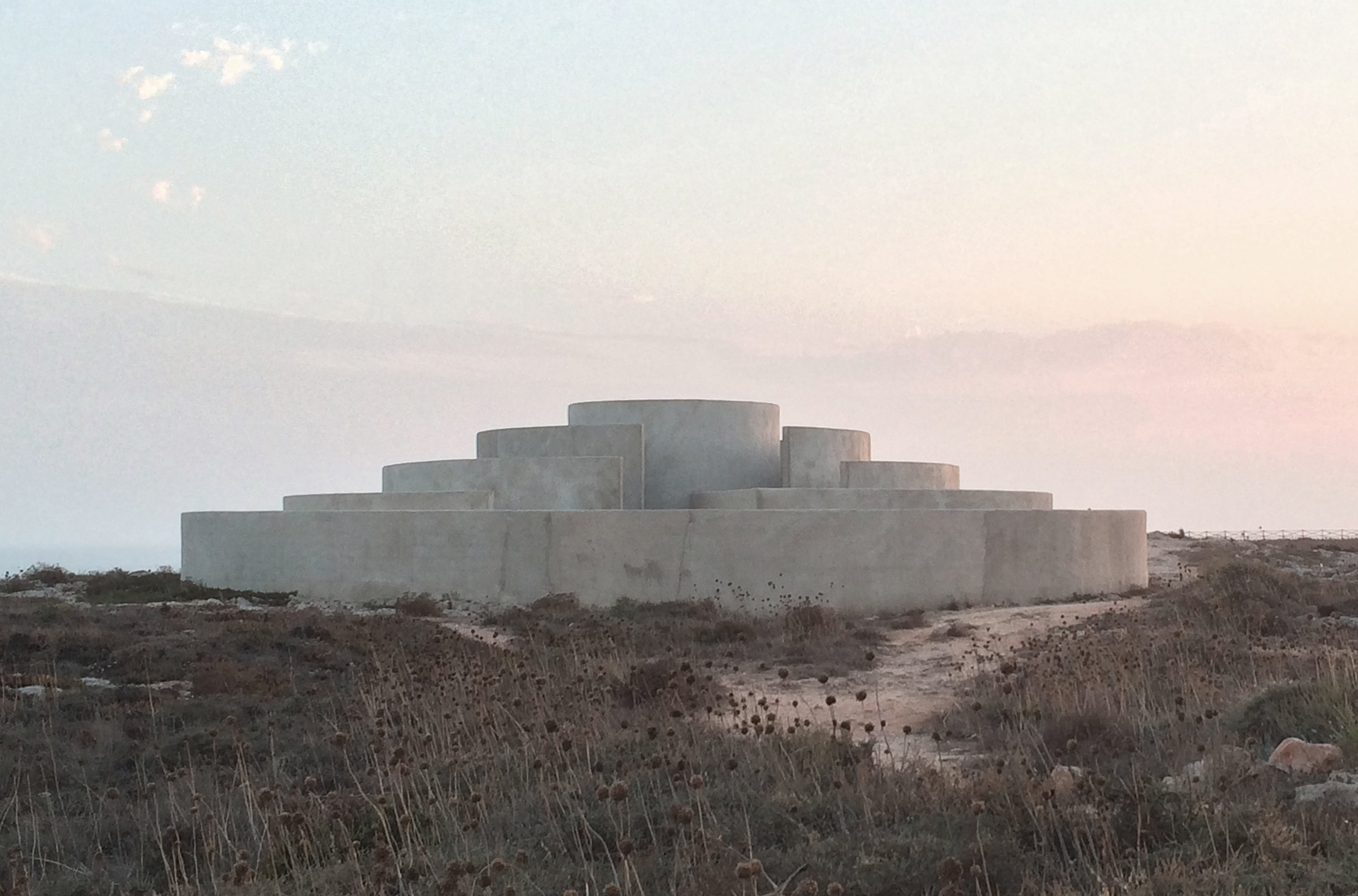 Chamber of sound, A Voz do Mar, by architects Pancho Guedes and Pedro Garcia of Ressano Garcia Arquitectos.
Chamber of sound, A Voz do Mar, by architects Pancho Guedes and Pedro Garcia of Ressano Garcia Arquitectos.
Vos do Mar in Portuguese means the sound of the sea is an installation building that stands on a natural fault in Sarges, Algarve, Portugal. Initially, this building was a contemporary installation work designed by architect Pancho Guedes at the Algarve Contemporary Art Program in 2010, but in 2015 this installation was restored and built permanently by Atelier Ressano Garcia Arquitectos.
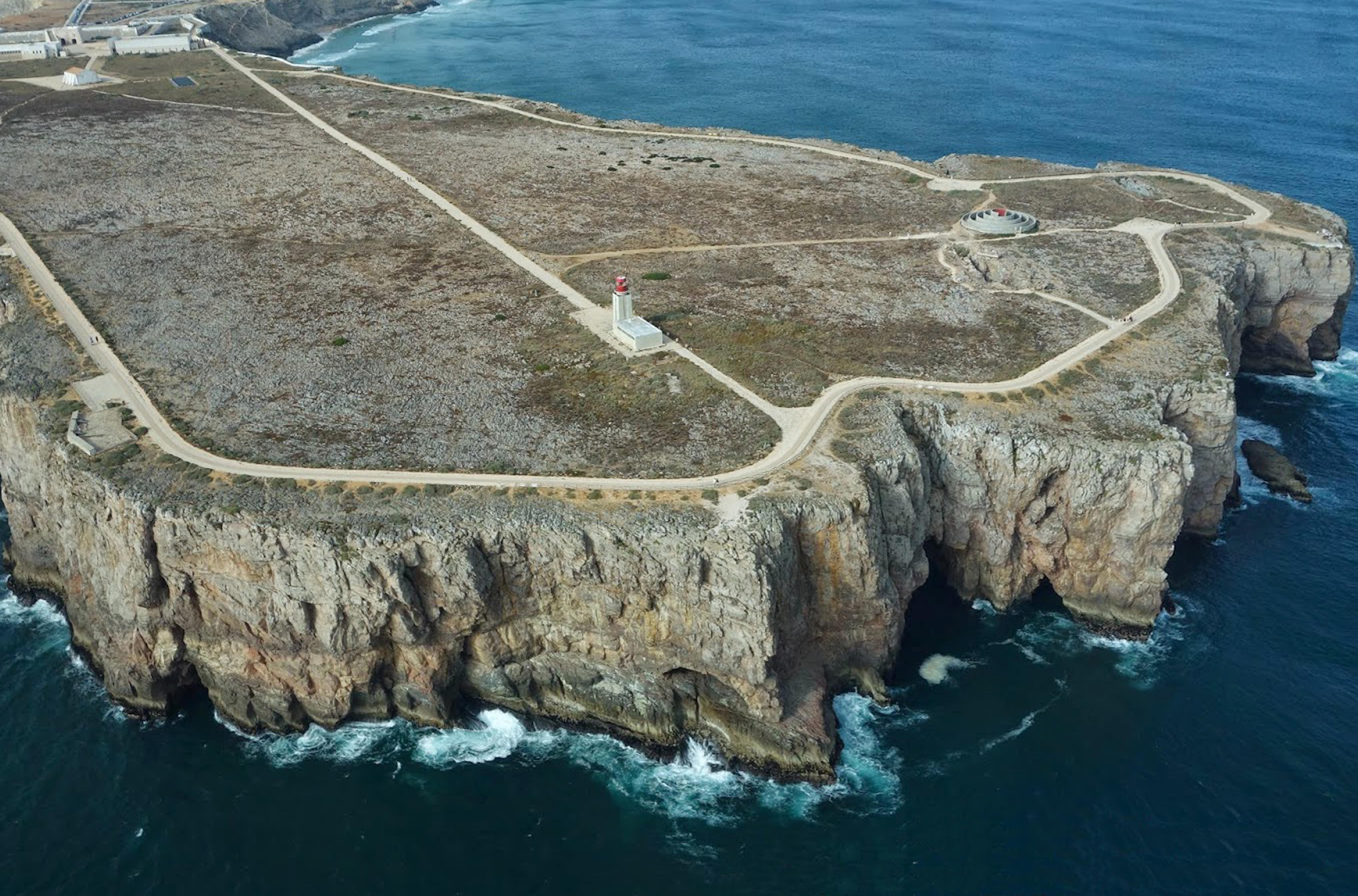 A Voz do Mar stands at the end of the Cape Sagres, Algarve, Portugal.
A Voz do Mar stands at the end of the Cape Sagres, Algarve, Portugal.
Architect Pancho Guedes explained that the initial concept of this installation was "The labyrinth is like life itself. A person can be lost for a while, but always end up there", therefore this installation is in the form of a circular maze with the core of the room being right in the middle of the fault cavity.
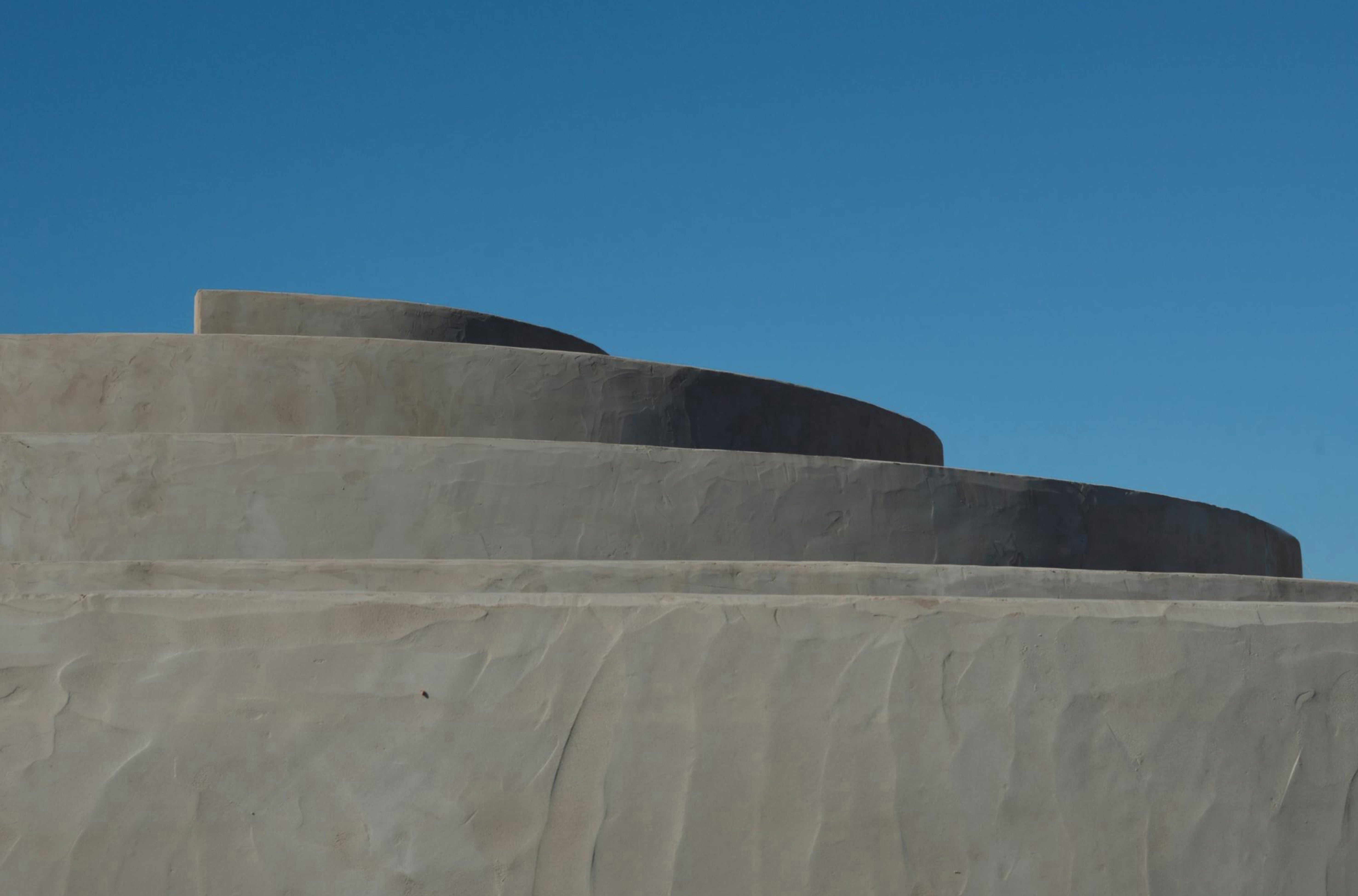 The project consists of five wall rings surrounding a geographical fault.
The project consists of five wall rings surrounding a geographical fault.
To reach the room's core, visitors must go around through four circular passages 2.5 meters wide; the walls forming this hallway have different heights. This height difference ranges from 2 to 4 meters at the room's core. This wall height difference creates a resonant sound from the waves coming out of the fault cavity. This wave sound is assumed to be a call sound from nature that will be clearer when approaching the room's core. Creating a memorable experience for visitors to be able to feel the sound from the sea.
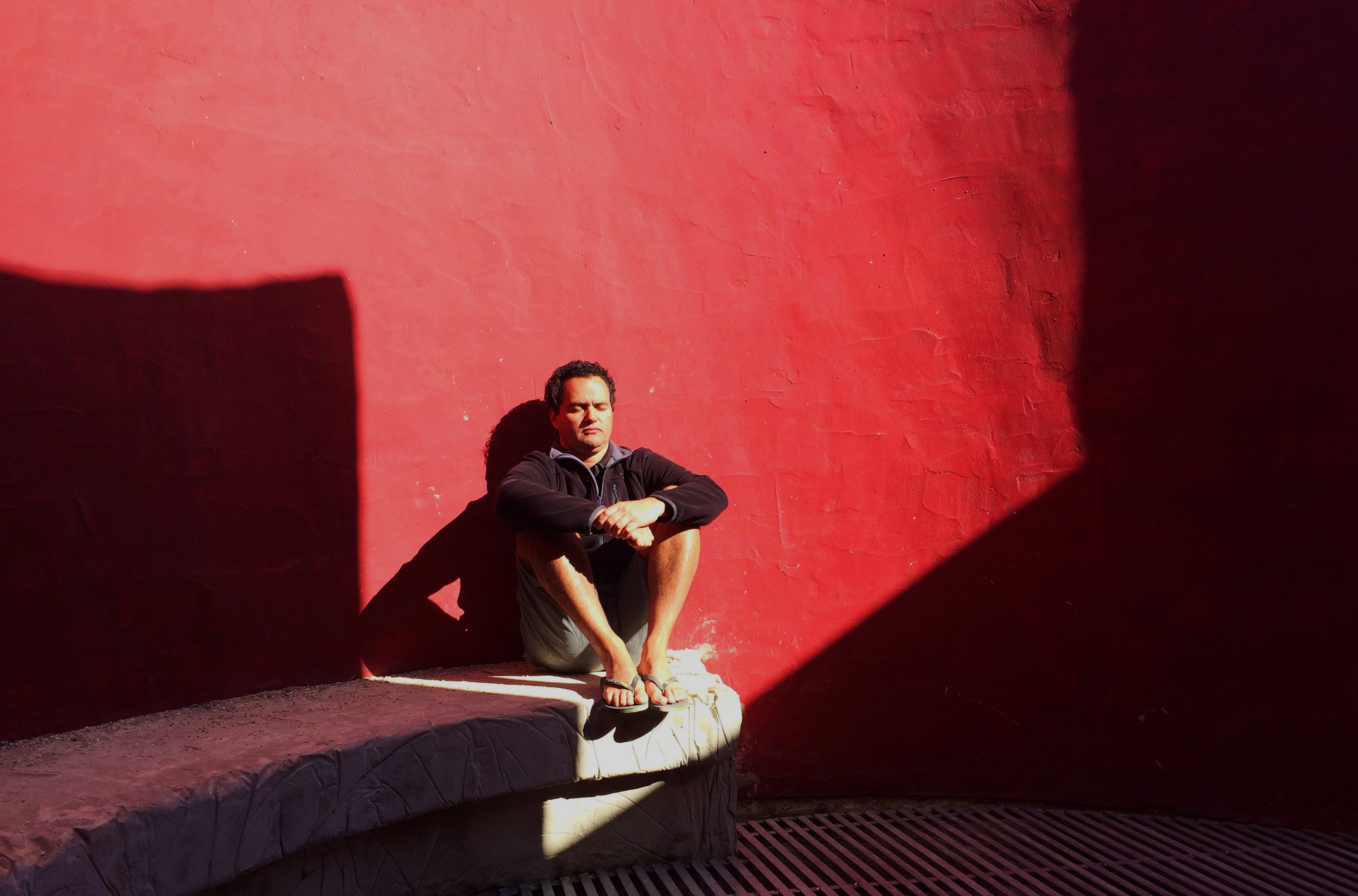 The space at the center of the plan plays a role in resonating the sound of the sea from below.
The space at the center of the plan plays a role in resonating the sound of the sea from below.
Visitors are brought to their imagination by touching the walls, using wall materials made of cement bricks plastered and whitewashed in a mixture of lime and iron oxide, allowing visitors to feel the natural texture and make them feel closer to nature. This experience is followed by a visual experience seen when visitors leave the labyrinth. The placement of the main door on the south side allows visitors who leave the labyrinth to get views of the ocean from all directions, thus providing an interesting visual experience for visitors to this installation. The final experience that this building gives when we see from afar, this installation presents a simple but meaningful architectural image. For some, it looks like a Neolithic monument. For others, it can also be considered a futuristic design for the next century.

Bench details complement the central space.
This installation successfully makes natural phenomena objects with the addition of space that humans can feel directly. In addition, the spatial arrangement and selection of natural materials also make visitors feel closer to nature.
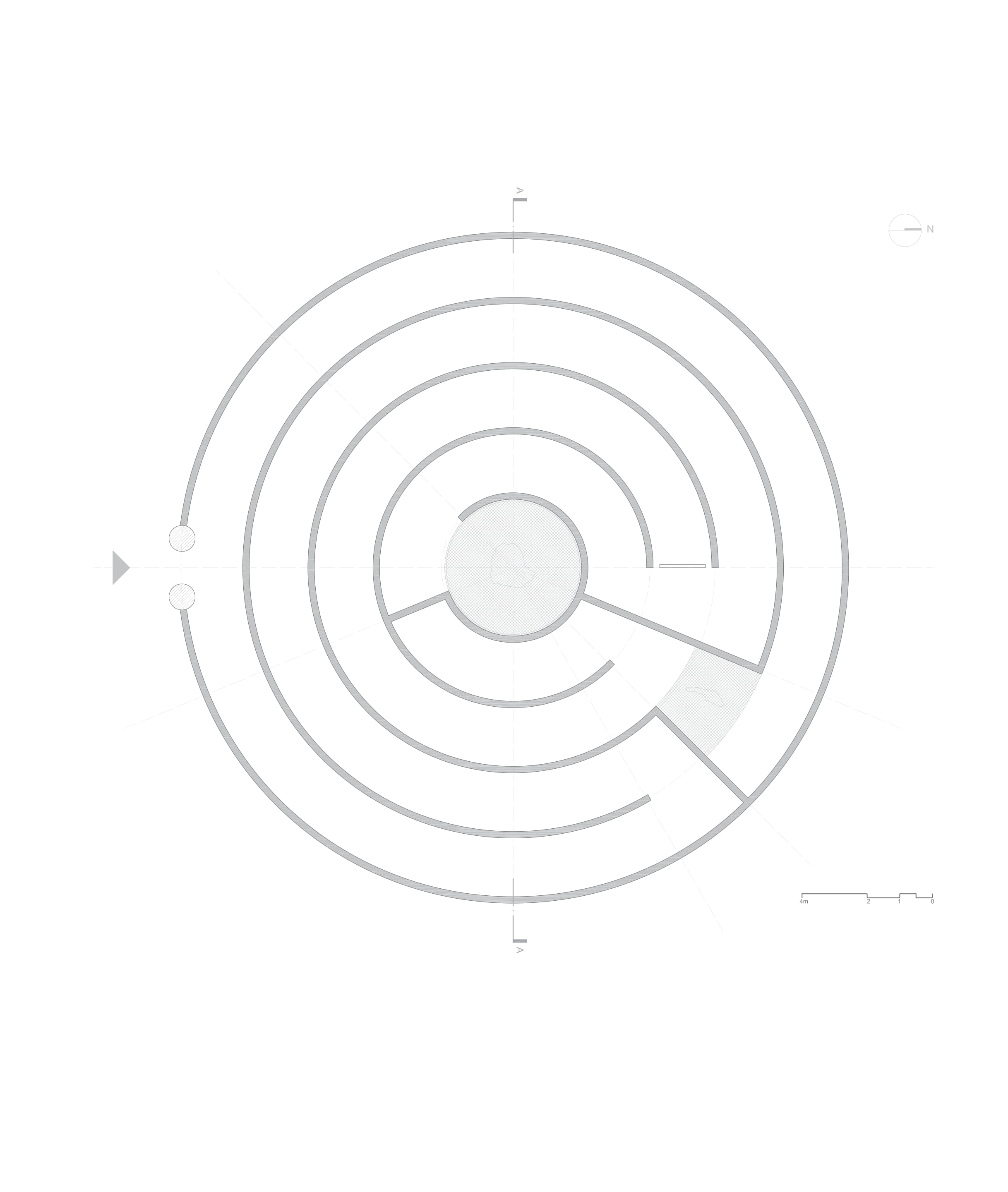
Floor plan.
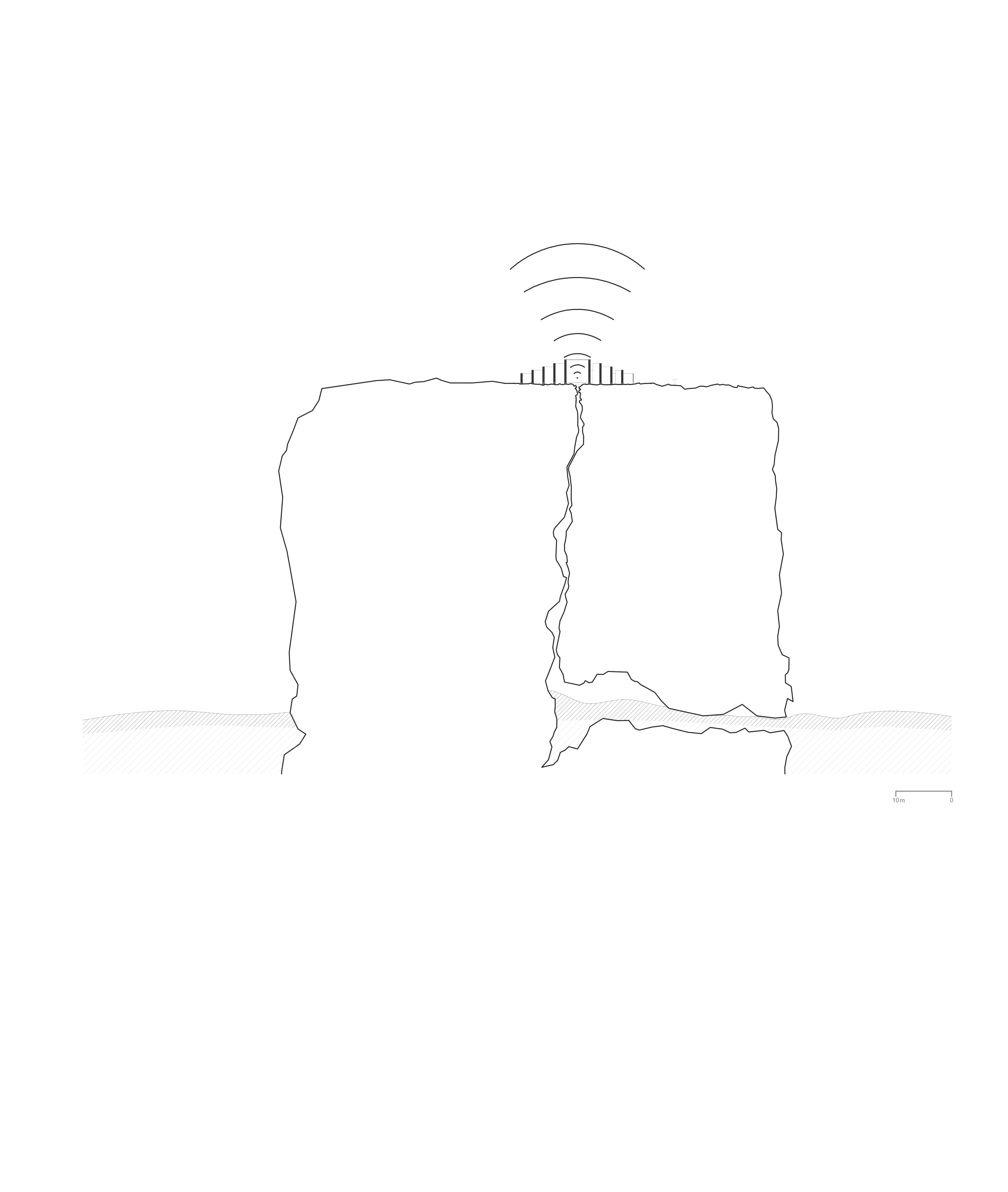
General section




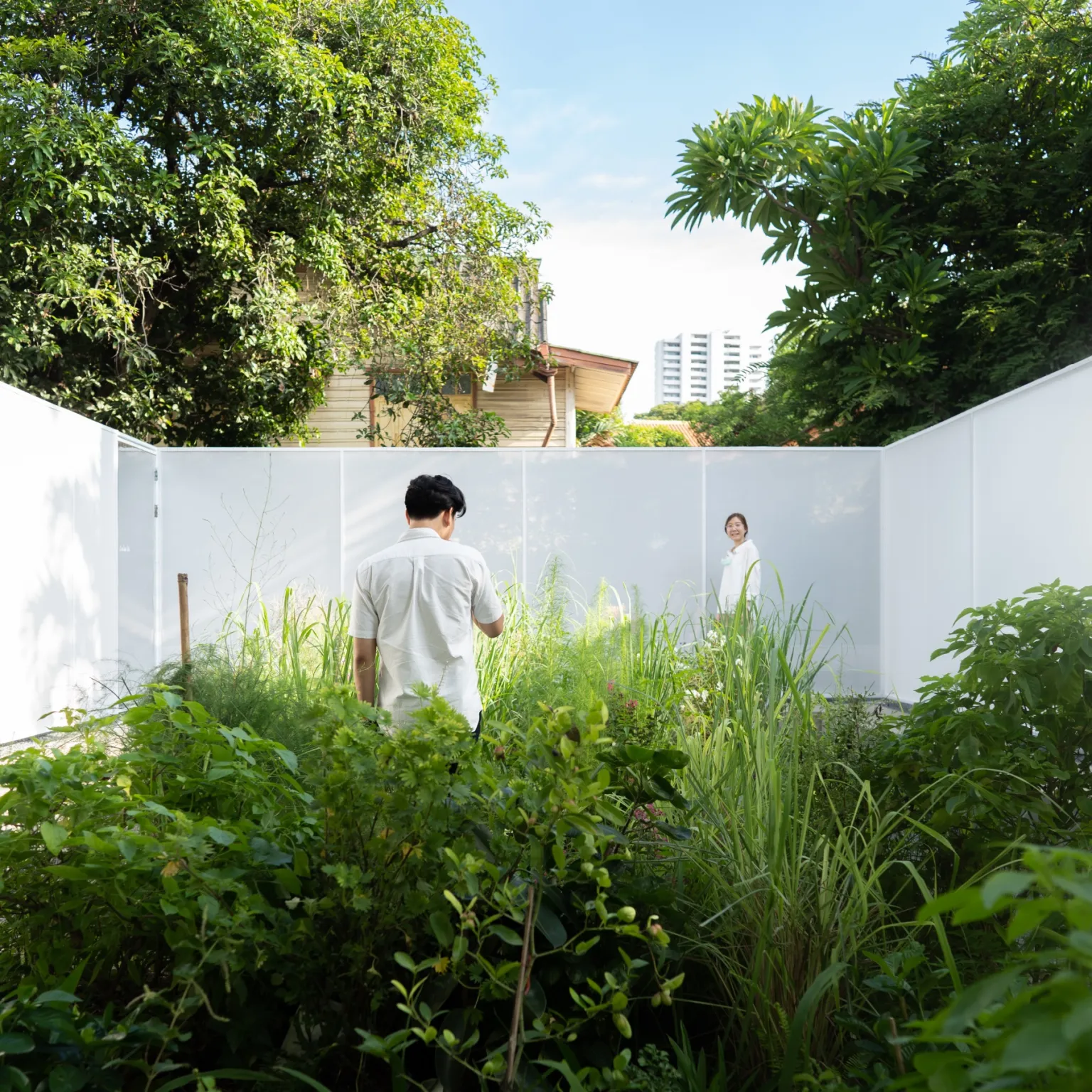


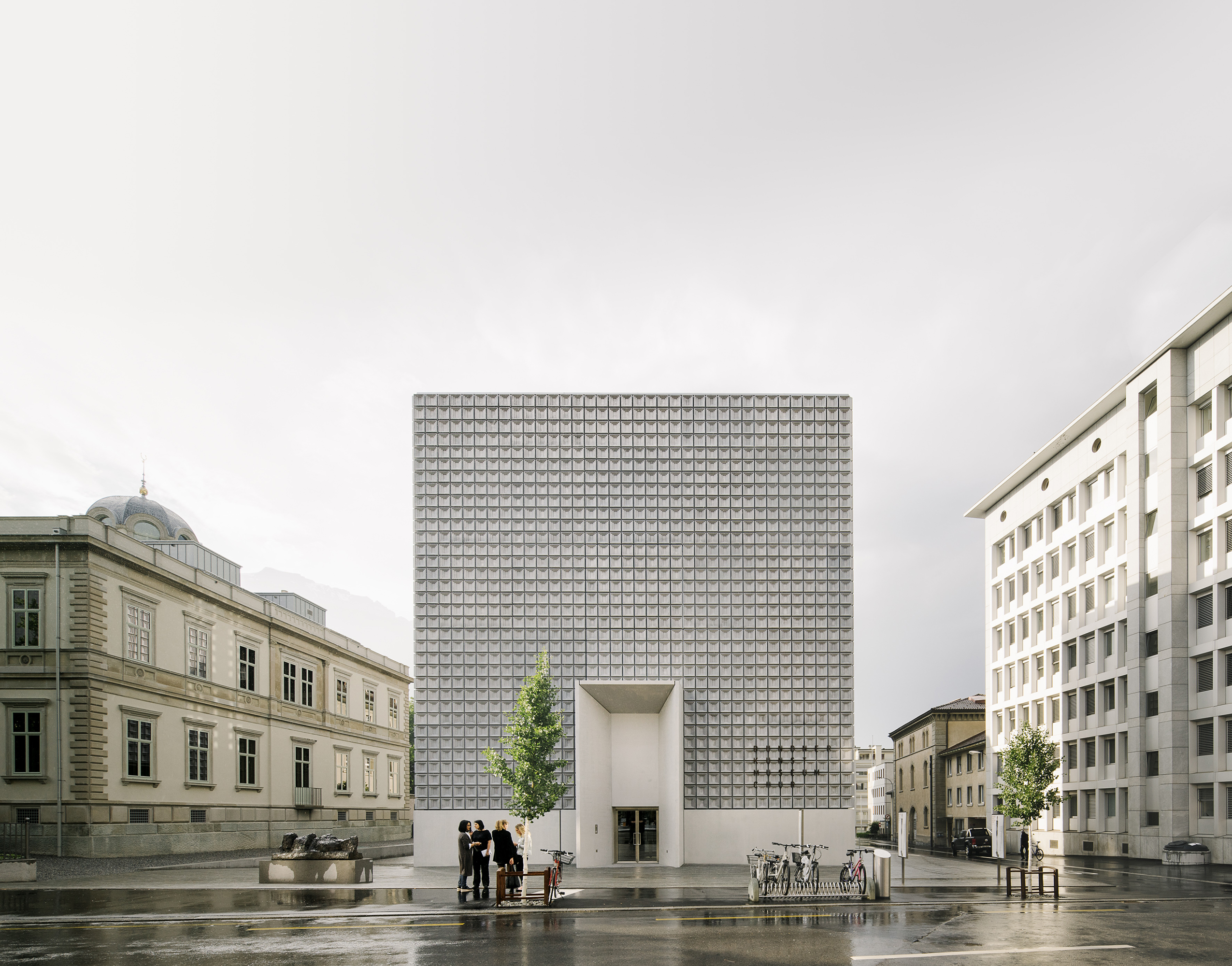
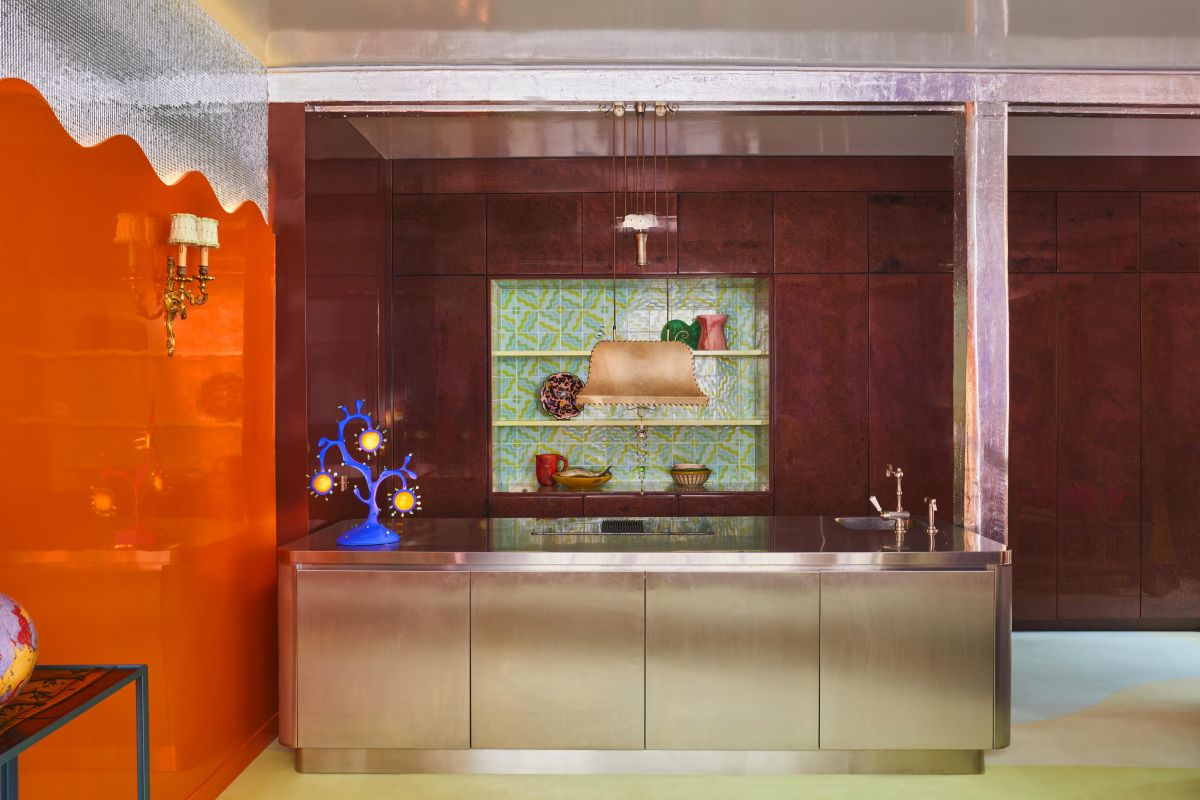
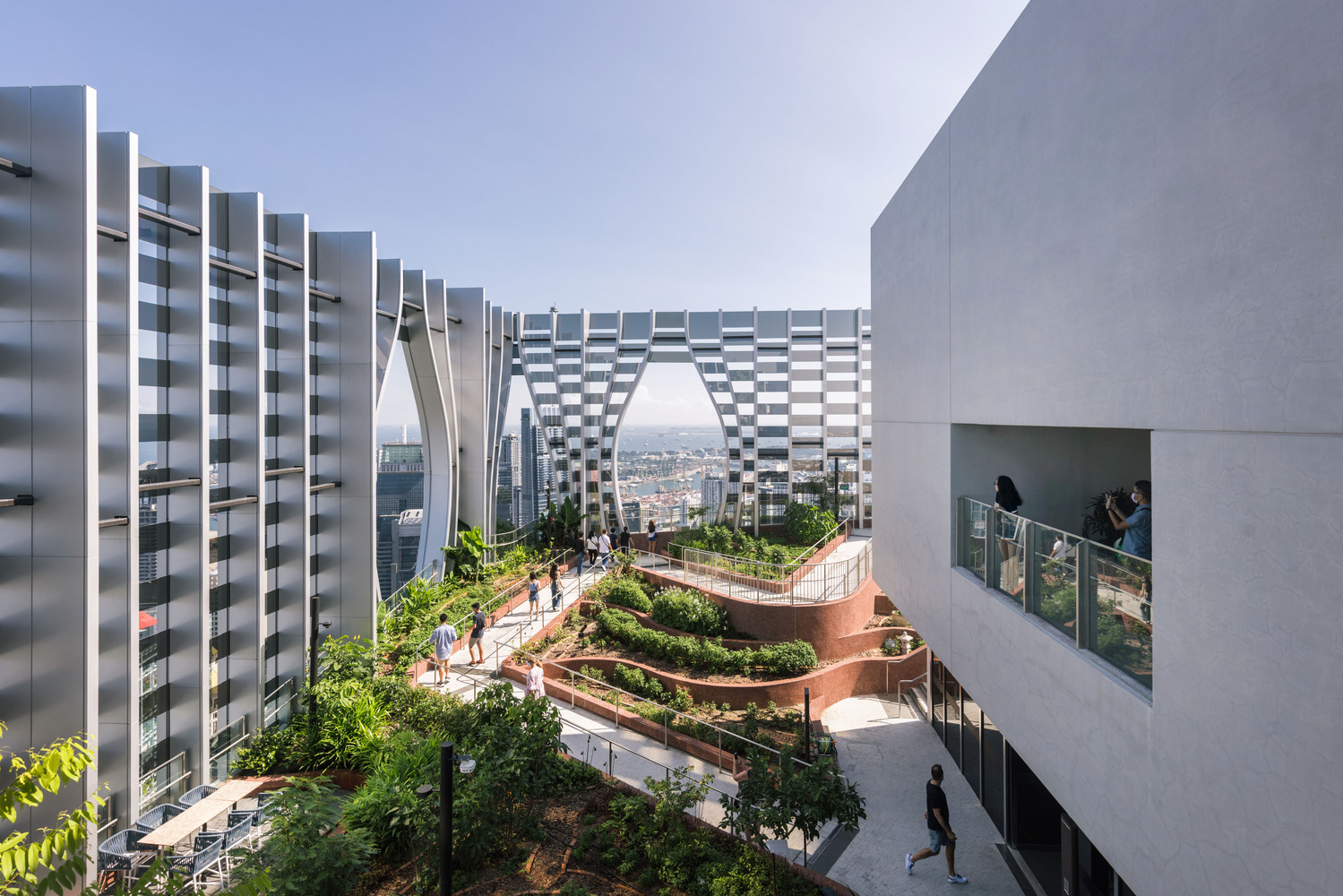
Authentication required
You must log in to post a comment.
Log in